Choosing the right dog breed for a family is a crucial decision that impacts both the family and the dog. The ideal breed will harmonize with the family’s lifestyle, living environment, and specific needs.
For families in India, this decision becomes even more critical due to the country’s diverse climate, varied living spaces, and cultural nuances. Factors like high temperatures, humidity, and urban living conditions can significantly influence which breeds are best suited for Indian families.
Additionally, understanding the needs and characteristics of different breeds ensures a happier, healthier life for both the dog and its human companions. In this blog, we discuss top dog breeds for families in india.
Factors to Consider When Choosing a Dog Breed
Climate Suitability
One of the foremost considerations for families in India is the climate. India experiences a wide range of weather conditions, from hot and humid in the coastal regions to cold in the northern areas. It is essential to choose a breed that can comfortably handle the local climate. For instance, breeds like the Labrador Retriever and Indian Pariah Dog are well-suited for hot climates due to their short coats and tolerance to heat. Conversely, breeds such as the Siberian Husky, which have thick fur, are better suited for colder regions but might struggle in hotter areas.
Living Space
The size and type of living space are also crucial factors. Families living in apartments or smaller homes may prefer breeds that are adaptable to confined spaces and have lower exercise needs. Breeds like the Shih Tzu and Pug are known for their adaptability to apartment living and generally require less space to roam. Conversely, families with larger homes or access to yards might consider more active breeds like the German Shepherd or Golden Retriever. These breeds thrive with more space and require regular exercise to stay healthy and happy.
Family Dynamics
When selecting a dog breed, it’s important to consider the family dynamics, particularly if there are children or other pets in the household. Breeds such as the Beagle and Golden Retriever are renowned for their friendly and gentle nature, making them excellent companions for children. Additionally, these breeds typically get along well with other pets. Understanding the temperament and behavior of a breed helps in ensuring that the new family member integrates smoothly and contributes positively to the household dynamics.
Grooming and Maintenance
Grooming and maintenance needs vary significantly between breeds and should be factored into the decision-making process. Some breeds, like the Labrador Retriever and Beagle, have relatively low grooming needs and are easier to maintain. Conversely, breeds with long or thick coats, such as the Shih Tzu and Cocker Spaniel, require regular grooming to prevent matting and keep their coats healthy. Additionally, families should consider any potential allergy issues related to shedding and dander when choosing a breed.
Health and Lifespan
Understanding the common health issues associated with specific breeds and their expected lifespan is essential for making an informed choice. Some breeds are prone to particular genetic health problems, which can affect their quality of life and lead to higher veterinary expenses. For example, Pugs and Bulldogs often suffer from respiratory issues due to their brachycephalic (short-nosed) structure. Conversely, breeds like the Indian Pariah Dog tend to be healthier and more resilient due to their natural selection and adaptation to the local environment. Knowing the health profile and lifespan of a breed helps families prepare for and manage their pet’s health needs effectively.
Training and Socialization
The ease of training and the importance of socialization are critical factors to consider. Breeds like the Labrador Retriever and German Shepherd are known for their intelligence and trainability, making them easier to train for obedience and family integration. Early socialization is crucial for all breeds to ensure they develop well-rounded behaviors and can interact positively with people and other animals. Families should be prepared to invest time and effort into training and socializing their new pet to foster a well-behaved and sociable companion.
Top Dog Breeds for Families in India
1. Labrador Retriever
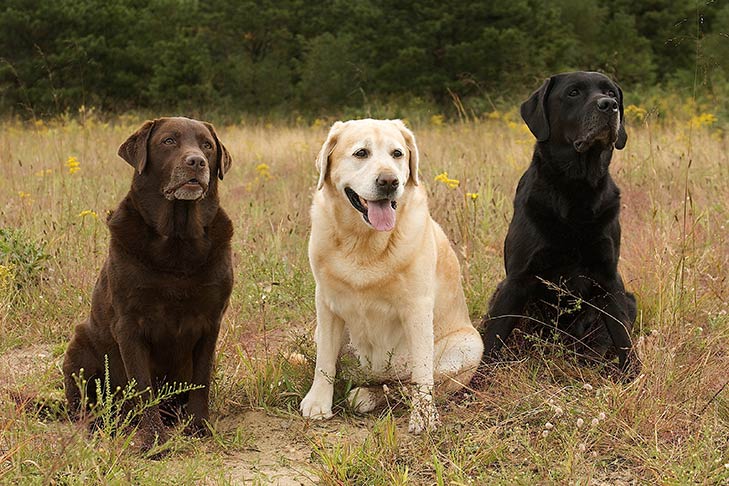
The Labrador Retriever originated in Newfoundland, Canada, where they were initially used by fishermen to help retrieve fishing nets and catch fish that escaped from fishing lines. They were later brought to England in the 19th century, where they were refined and bred to be versatile working dogs. Today, Labradors are one of the most popular dog breeds globally, known for their friendly and outgoing nature.
Why They Are Suitable for Indian Families:
Labradors are highly adaptable to different environments and climates, including the varied climate conditions in India. Their short coat makes them better suited for hot and humid weather compared to breeds with thicker fur. Labradors are also known for their gentle and tolerant demeanor, making them excellent companions for families with children. They are intelligent and eager to please, which makes training them relatively easy.
Pros and Cons:
- Pros: Friendly and outgoing, good with children, intelligent and easy to train, adaptable to different environments.
- Cons: High energy levels require regular exercise, prone to obesity if not properly exercised and fed, shed a lot, may have health issues like hip dysplasia and eye problems.
2. Golden Retriever
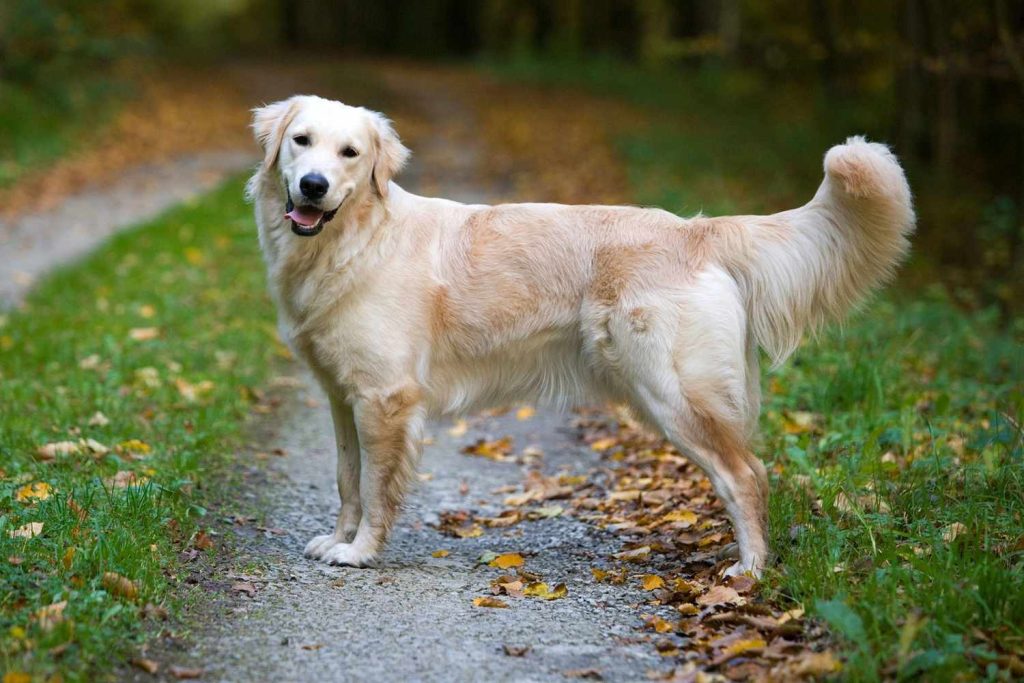
Golden Retrievers were developed in Scotland during the 19th century by crossing the Yellow Retriever with the now-extinct Tweed Water Spaniel, along with additional crossings of Bloodhounds, Irish Setters, and more. The breed was created to retrieve game during hunting and is known for its exceptional retrieving skills, gentle mouth, and golden coat.
Family-Friendly Characteristics:
Golden Retrievers are renowned for their friendly, tolerant, and affectionate nature. They are highly sociable and get along well with children, making them ideal family pets. Their patience and gentleness make them great companions for young kids. Golden Retrievers are also highly trainable due to their intelligence and eagerness to please.
Pros and Cons:
- Pros: Gentle and patient, excellent with children, highly trainable, friendly with other pets.
- Cons: Require regular grooming due to their long coat, high exercise needs, prone to health issues like hip dysplasia, heart problems, and cancer.
3. Beagle
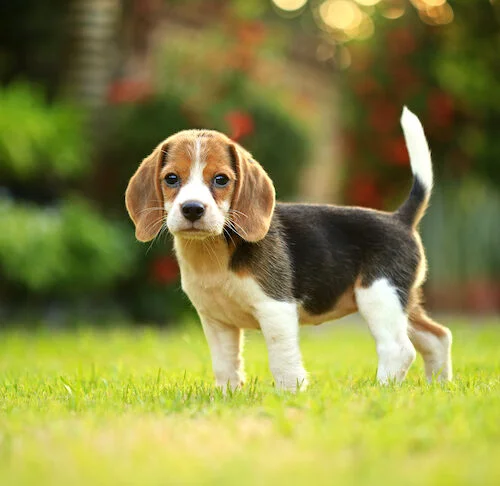
Beagles have a history that dates back to ancient Greece, but the modern Beagle was developed in Great Britain around the 19th century. They were primarily used for hunting small game such as rabbits and hare, thanks to their keen sense of smell and tracking ability.
Suitability for Families with Children:
Beagles are small to medium-sized dogs with a curious, playful, and friendly nature. They are excellent with children and are known for their even temperament. Beagles are also relatively small, making them suitable for apartment living as long as they get enough exercise. Their playful and affectionate nature makes them great companions for kids.
Pros and Cons:
- Pros: Friendly and social, good with children, manageable size, excellent sense of smell.
- Cons: Can be stubborn and difficult to train, require regular mental and physical stimulation, prone to obesity, may have health issues like epilepsy and hip dysplasia.
4. Indian Pariah Dog
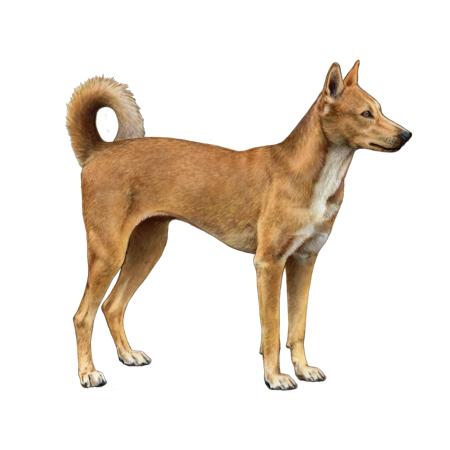
The Indian Pariah Dog is one of the oldest and most natural breeds, having evolved naturally over thousands of years. They are native to India and are often seen as street dogs in many parts of the country. Despite their street dog status, they make excellent pets when domesticated.
Advantages of Adopting Native Breeds:
Indian Pariah Dogs are highly adaptable to the Indian climate and have robust health, thanks to natural selection. They are low-maintenance dogs, requiring minimal grooming and care. Their intelligence and loyalty make them excellent companions, and they generally have fewer health problems compared to other breeds.
Pros and Cons:
- Pros: Highly adaptable to local climate, low-maintenance, generally healthy with fewer genetic issues, intelligent and loyal.
- Cons: May require early socialization, less predictable temperament due to varied backgrounds, can be wary of strangers initially.
5. Shih Tzu
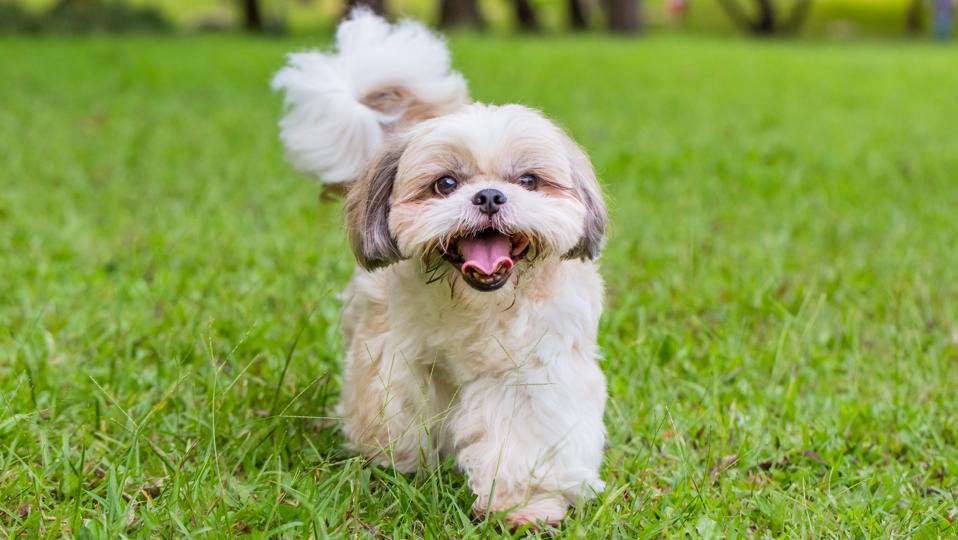
The Shih Tzu, meaning “Lion Dog,” originated in China and was bred to be a companion dog for Chinese royalty. They have a long, luxurious coat and a friendly, affectionate nature. Shih Tzus have a distinctive appearance with their flowing coats and pushed-in faces.
Adaptability to Apartment Living:
Shih Tzus are well-suited for apartment living due to their small size and moderate exercise needs. They are affectionate and enjoy being close to their human companions. Shih Tzus are also known for their playful and friendly nature, making them great pets for families.
Pros and Cons:
- Pros: Adaptable to small living spaces, affectionate and friendly, good with children and other pets, relatively low exercise needs.
- Cons: High grooming needs due to their long coat, prone to health issues like respiratory problems and eye conditions, may be difficult to house-train.
6. Pug
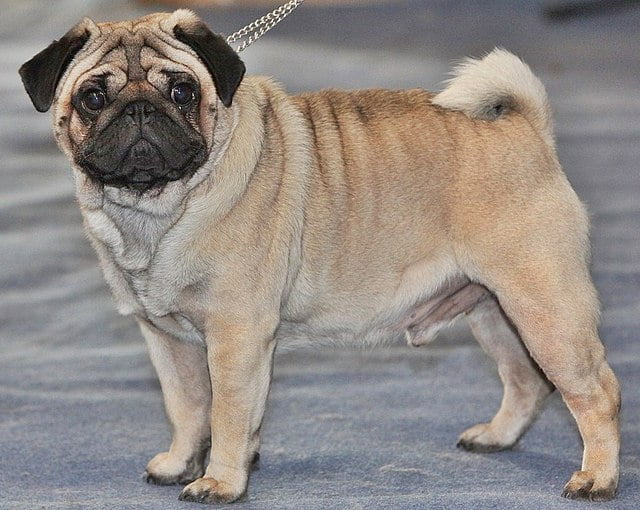
Pugs originated in China and were brought to Europe in the 16th century, where they became popular among European royalty. They are known for their distinctive wrinkled faces, short snouts, and playful personalities.
Low Exercise Needs and Adaptability:
Pugs are ideal for families living in apartments as they have low exercise needs and adapt well to indoor living. They are friendly, loving, and excellent with children. Pugs are also known for their charming and humorous personalities, which endear them to many families.
Pros and Cons:
- Pros: Low exercise needs, good for apartment living, friendly and affectionate, great with children.
- Cons: Prone to respiratory issues due to their short snouts, susceptible to obesity, shed a lot, may have health issues like hip dysplasia and eye problems.
7. German Shepherd
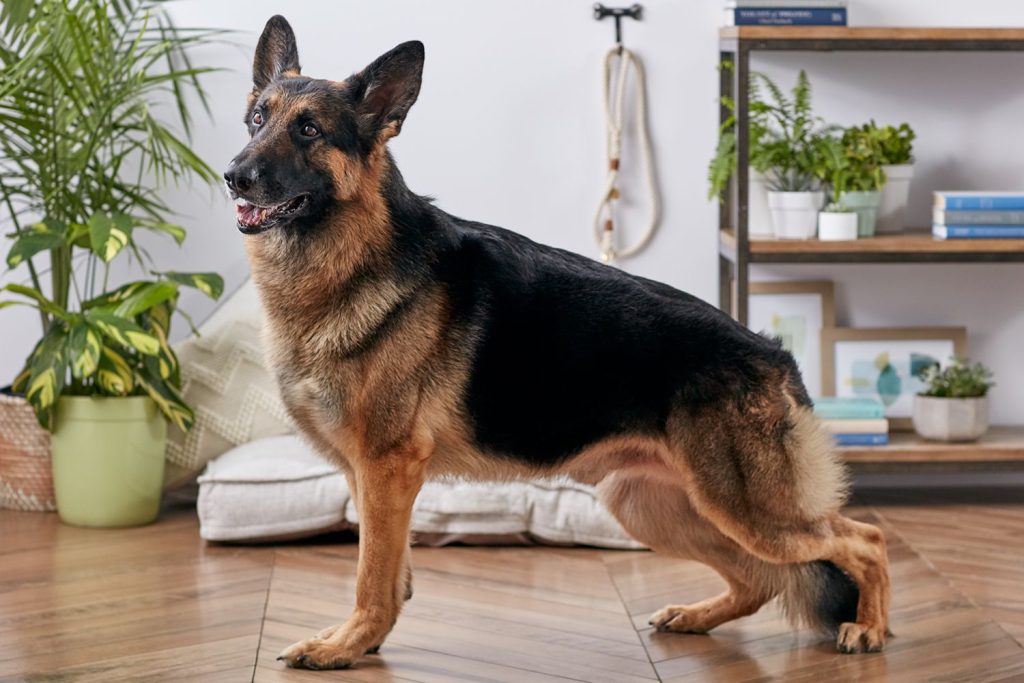
German Shepherds were developed in Germany in the late 19th century for herding and working purposes. They are known for their intelligence, strength, and versatility, and are often used in police and military roles due to their abilities.
Protective Nature and Training Needs:
German Shepherds are loyal, protective, and highly trainable, making them excellent family and guard dogs. They need regular exercise and mental stimulation to remain healthy and happy. German Shepherds are also known for their courage and confidence, which makes them excellent protectors of the home.
Pros and Cons:
- Pros: Intelligent and trainable, protective and loyal, versatile in various roles, good with proper training.
- Cons: High exercise needs, prone to health issues like hip dysplasia and degenerative myelopathy, shedding, require firm training and socialization.
Lesser-Known Breeds That Could Be a Good Fit
1. Doberman Pinscher
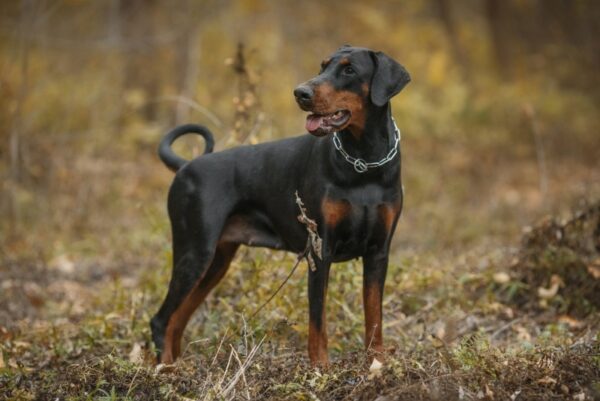
The Doberman Pinscher originated in Germany in the late 19th century, created by a tax collector named Louis Dobermann. He wanted a loyal and protective dog to accompany him on his rounds. Dobermans are known for their sleek appearance, alertness, and intelligence.
Family Protection and Loyalty:
Dobermans are highly protective and loyal to their families. With adequate training and socialization, they can become gentle and affectionate pets. They are also known for their intelligence and ability to learn quickly, making them excellent guard dogs and family companions.
Pros and Cons:
- Pros: Protective and loyal, intelligent and trainable, sleek and elegant appearance.
- Cons: Require firm training and socialization, high exercise needs, can be aloof with strangers, prone to health issues like dilated cardiomyopathy and hip dysplasia.
2. Boxer
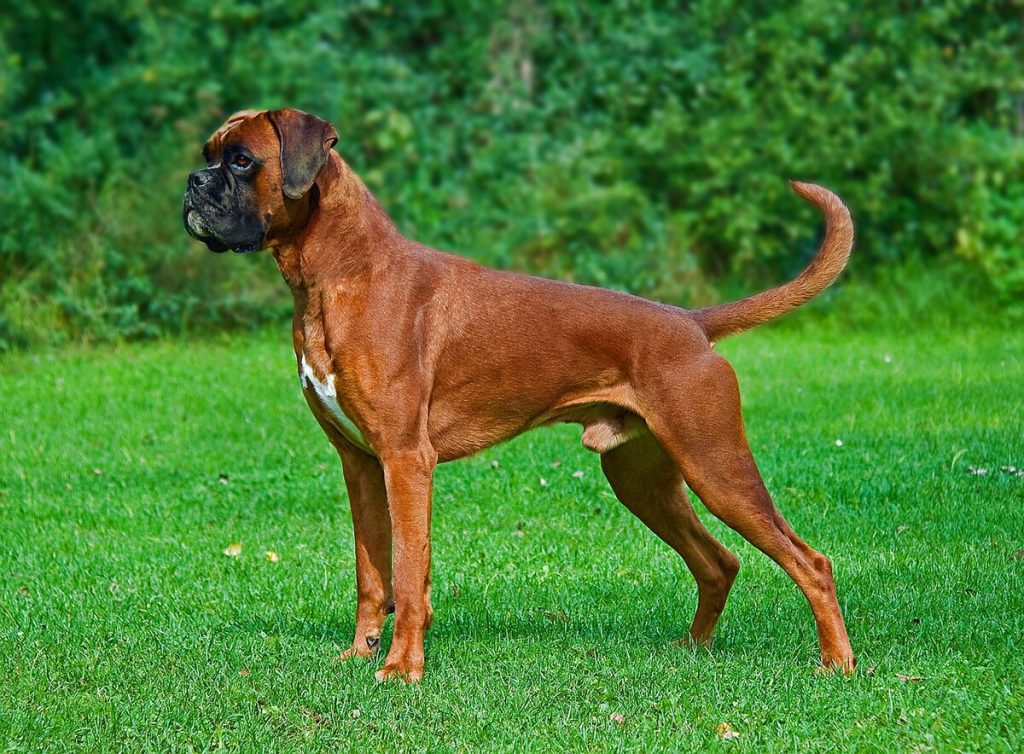
Boxers were developed in Germany in the 19th century by crossing the now-extinct Bullenbeisser with various other breeds, including the Bulldog. Originally, they were used for hunting and guarding purposes. Boxers are known for their muscular build, playful nature, and distinctive face with a strong jaw.
Energetic and Playful Nature:
Boxers are energetic, playful, and great with children. They have a boundless energy and enjoy interactive play and exercise. Boxers are also known for their loyalty and protective nature, making them excellent family dogs.
Pros and Cons:
- Pros: Energetic and playful, good with children, loyal and protective.
- Cons: High exercise needs, prone to health issues like heart problems and hip dysplasia, require consistent training and socialization.
3. Cocker Spaniel
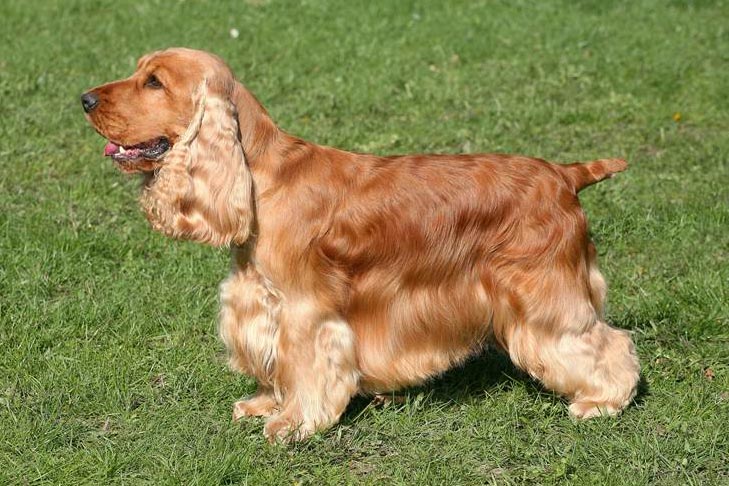
Cocker Spaniels originated in Spain and were bred for hunting game birds. They are known for their beautiful, silky coats, expressive eyes, and friendly demeanor. The breed is divided into two varieties: the American Cocker Spaniel and the English Cocker Spaniel
Friendly and Affectionate:
Cocker Spaniels are friendly, affectionate, and excellent with children. They thrive on human companionship and are known for their cheerful and playful nature. Cocker Spaniels are also intelligent and relatively easy to train, making them great family pets.
Pros and Cons:
- Pros: Friendly and affectionate, good with children, intelligent and trainable.
- Cons: High grooming needs due to their long, silky coat, prone to ear infections and eye problems, require regular exercise and mental stimulation.
Conclusion
Choosing the right dog breed for your family in India involves considering several factors, such as climate suitability, living space, family dynamics, grooming needs, health, and training requirements.
Each breed offers unique traits and characteristics that can complement different family environments and lifestyles. From the friendly and adaptable Labrador Retriever to the low-maintenance and healthy Indian Pariah Dog, there is a suitable breed for every family.
By thoroughly understanding the specific needs and traits of each breed, families can ensure a harmonious and fulfilling relationship with their new canine companion.
FAQs
1. Which dog breed is best for families with young children?
Breeds like the Labrador Retriever, Golden Retriever, and Beagle are excellent choices for families with young children due to their friendly, gentle, and patient nature.
2. Are there any dog breeds suitable for apartment living in India?
Yes, breeds like the Shih Tzu, Pug, and Beagle are well-suited for apartment living due to their smaller size and moderate exercise needs.
3. What are the grooming requirements for different dog breeds?
Grooming needs vary by breed. Breeds like the Shih Tzu and Cocker Spaniel require regular grooming due to their long coats, while breeds like the Labrador Retriever and Indian Pariah Dog have lower grooming requirements.
4. How can I ensure my dog stays healthy in the Indian climate?
Choose a breed that is adaptable to the local climate, provide plenty of fresh water, ensure regular veterinary check-ups, and maintain a balanced diet. Breeds like the Indian Pariah Dog are naturally well-suited to the Indian climate.
5. What are the best dog breeds for first-time owners?
For first-time dog owners, breeds like the Labrador Retriever, Golden Retriever, and Shih Tzu are recommended due to their friendly nature, ease of training, and adaptability.